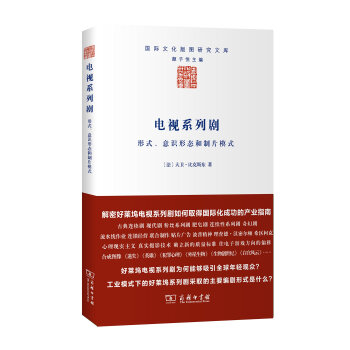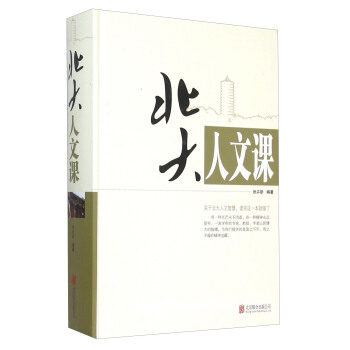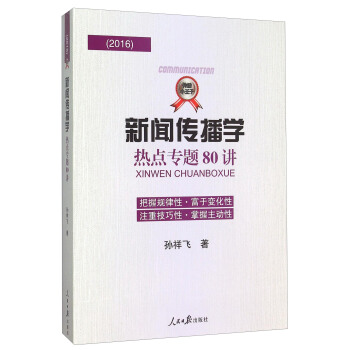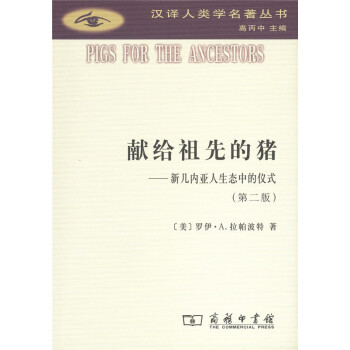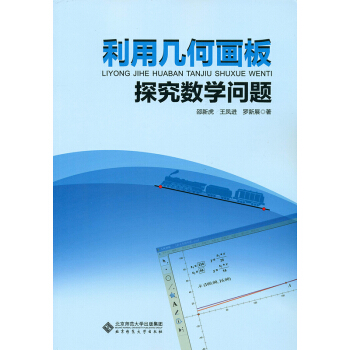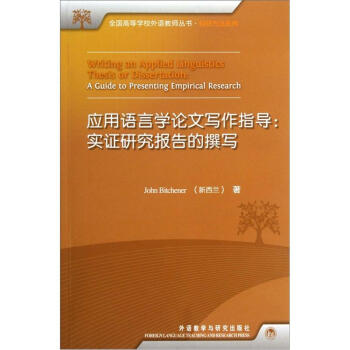

具体描述
內容簡介
《應用語言學論文寫作指導:實證研究報告的撰寫》係統指導如何撰寫實證性研究論文,全書包括八章,除第一章為本書引言外,其他七章分彆介紹瞭論文的七個組成部分,包括:摘要、引言、文獻綜述、研究方法、研究結果、結果討論和結論。每章采用相同結構:所講論文章節的功能;實現這些功能的步驟;以一篇論文作實例分析;該章節需要注意的語言特徵;常見問題等。本書可作為應用語言學碩士生和博士生論文寫作課教材,或本領域及其他文科專業研究者撰寫論文的指導,還可作為外語教師培訓參考資料。目錄
總序導讀
Preface
Acknowledgements
Chapter 1 Background
What Is the Book about?
Who Is the Book for?
Why Has the Book Been Written?
How Does the Book Meet the Content, Structure,
Linguistic and Presentational Needs of Students?
How Is the Book Organized?
What Is the Sample Masters Thesis about and
Why Has It Been Selected?
How Can This Book Be Used?
Further Reading
Chapter 2 Abstract
Introduction
The Functions of a Thesis Abstract
The Content and Structure of a Thesis Abstract
Analysis of a Masters Thesis Abstract
Analysis of a Doctoral Thesis Abstract
A Key Linguistic Feature of a Thesis Abstract
Frequently Asked Questions
Further Activities
Further Reading
Chapter 3 Introduction
Introduction
The Functions of a Thesis Introduction
The Content and Structure of a Thesis Introduction
Analysis of a Masters Thesis Introduction
Some Key Linguistics Features of a Thesis Introduction
Frequently Asked Questions
Further Activities
Further Reading
Chapter 4 Literature Review
Introduction
The Functions of a Thesis Literature Review
The Content and Structure of a Thesis Literature Review
Conclusion of the Literature Review
Some Key Linguistic Features of Thesis Literature Reviews and
Approaches to Processing the Literature
Frequently Asked Questions
Further Activities
Further Reading
Chapter 5 Methodology
Introduction
The Functions of a Thesis Methodology Chapter
The Content and Structure of a Thesis Methodology Chapter
Sample Analysis of WTC Thesis Methodology Chapter
Some Key Linguistic Features of a Thesis Methodology Chapter
Frequently Asked Questions
Further Activities
Further Reading
Chapter 6 Results
Introduction
The Functions of a Thesis Results Chapter
The Content and Structure of a Thesis Results Chapter
Sample Analysis of a Masters Thesis Results Chapter
Quantitative Results
Some Key Linguistic and Presentation Features of a Thesis
Results Chapter
Frequently Asked Questions
Further Activities
Further Reading
Chapter 7 Discussion of Results
Introduction
The Functions of a Thesis Discussion of Results
The Content and Structure of a Thesis Discussion of Results
Sample Analysis of a Masters Thesis Discussion of Results
Some Key Linguistic Features of a Thesis Discussion of Results
Frequently Asked Questions
Further Activities
Further Reading
Chapter 8 Conclusion
Introduction
The Functions of a Thesis Conclusion
The Content and Structure of a Thesis Conclusion
Sample Analysis of a Masters Thesis Conclusion
Some Key Linguistic Features of a Thesis Conclusion
Frequently Asked Questions
Further Activities
Further Reading
Appendix
精彩書摘
Sinularities between the Two AbstractsAs well as providing an abstract of similar length to that of the first abstract, I think you can see here that there are other similarities between the two abstracts. Both include the same five moves. Broadly speaking, the strategies employed in the creation of these moves are similar even though some differences are evident.
Differences between the Two Abstracts
Moves within a Sentence
The first difference between the abstracts concerns the inclusion of more than one move within.a single sentence. This pattern characterizes a number of sentences in the first abstract but it does not occur at all in the second abstract. While links between moves are clearly and explicitly signaled when two moves appear within a single sentence, it does not necessarily mean that links are not made when this does not occur. Sentential links can be clearly and explicitly made between moves by other cohesive means. In comparing only one Masters and one Doctoral thesis, we could easily assume that these are differences that reflect the two types of thesis. However, this is not the case. It is rather a difference in individual style and preference. Any thesis needs to establish links between moves and between sentential propositions. The extent to which one approach is adopted more than another may be a feature of particular disciplines but generally it is the result of the writer's communicative style.
Introduction
Secondly, the Introduction move is slightly longer in the second abstract than it is in the first. This may have occurred because the author wanted to explain not only the context and importance of the topic in some detail and the need for further research in the area but also what is meant by the key term 'incidental focus on form'. The importance of defining and backgrounding this particular approach to form-focused instruction in some detail arises from the confusion that could result for those not familiar with different approaches to form-focused instruction. For example, the second language acquisition literature makes a significant distinction between two types of form-focused instructions but the difference is only signaled by a change in the use of one letter - either a capital 'S' (focus on formS) or a lower case 's' (focus on forms).
Additionally, the second abstract seems to emphasize the limited amount of empirical research on the effectiveness of incidental focus on form, whereas this focus is less explicit in the first abstract. Again, the difference is not really one that distinguishes a Masters from a Doctoral thesis. Rather, it should be seen as a difference between the focus that two authors wish to provide or between two areas of investigation where the background of one needs more explanation than that of the other.
Purpose
A third difference is revealed in the more extensive statement of purpose provided in the first one. Whereas the second abstract referred to three purposes or aims within a single sentence, the first abstract identified each purpose or aim across four sentences and, in doing so, provided us with a more comprehensive and perhaps clearer understanding of the various aims of the study. The three key words in the purpose statement of the second abstract ('occurrence', 'nature' and 'effectiveness') become clear as we consider the Method and Product moves later in the abstract. It is possible that the author of the second abstract may have assumed that we would be more familiar with this field of investigation so confined himself to a single sentence.
Methodology
Fourthly, while similar detail on the methodology of each study is presented in the two abstracts, the second abstract devotes only four sentences to it, compared with the seven sentences provided in the first abstract. It is possible that fewer design features were specified by this author because of the single data source. By comparison, data for the first study, outlined in the first abstract, were sourced in several ways and these needed to be outlined in the abstract so that we would know how reliable and valid the findings of the study are. The approach to data analysis is not outlined in the first abstract but is described in detail in the methodology chapter of the thesis. It is likely that the author chose to refer to how the data were analyzed because of the relative novelty of the approach.
Product
The Purpose move of the second abstract, in sentence 4, revealed the following two primary foei of the research: (1) the occurrence and nature of incidental focus on form and (2) its effectiveness in promoting second language learning. The Product move is therefore presented in two parts as follows: (1) sentences 9-14 outline the first key finding and its associated findings and (2) sentences 15-16 refer to the second key finding. Compared with the Product move of the first abstract, similar detail on the findings of the second study is presented in the Product move of the second abstract.
……
用户评价
這本書的封麵設計給我留下瞭極為深刻的印象。那種沉穩的藍色調與那一抹精緻的金色字體,一下子就將我帶入瞭一種嚴肅而專業的學術氛圍中。我本來對“應用語言學”這個領域有些敬而遠之,總覺得它離我的實際研究太遠,但這本書的封麵傳遞齣的信號是:它不僅是理論的殿堂,更是實踐的指南。觸摸著封麵的啞光質感,我仿佛能感受到作者在編撰過程中的一絲不苟。它不像市麵上那些花裏鬍哨的教科書,光看封麵就知道內容會很“水”。恰恰相反,這種剋製的、內斂的設計風格,反而讓我更加確信,裏麵沉澱的定是經過韆錘百煉的真知灼見。特彆值得一提的是,封底的排版邏輯也極其清晰,作者的資曆簡介簡短有力,沒有絲毫的自我標榜,僅僅是用事實說話,這讓我對後續的閱讀充滿瞭期待,我期待這本書能像它給我的第一印象一樣,既有高度,又有深度,是那種我願意長久地放在書桌上,隨時可以翻閱的案頭工具書。
评分數據分析與討論這一章節,簡直是我心中的“救星”。過去我對“結果”部分的撰寫總是感到無所適從,總是在羅列統計數字和解釋其理論意義之間徘徊不定。這本書提供瞭一個非常實用的“三段式”匯報結構,它清晰地劃分瞭“報告發現”、“解釋發現”和“關聯理論”這三個層次。我特彆欣賞作者對於“討論”部分的強調,他不僅僅滿足於說“我的發現支持瞭XX理論”,而是深入探討瞭“為什麼會是這個結果?如果結果不理想,那又意味著什麼?”這種對結果進行審慎、多角度解讀的訓練,極大地提升瞭我對研究結論的自信心和嚴謹度。書中那些關於如何處理非預期結果的案例分析,讓我意識到,即便是“失敗”的實驗,隻要分析得當,也能為學術界提供寶貴的反思價值。這種坦誠和對科研倫理的尊重,是我在其他同類書籍中極少見到的。
评分在對文獻綜述部分的深度剖析上,這本書展現齣瞭遠超預期的前瞻性和批判性。很多指導性書籍僅僅是教會你如何“堆砌”前人的研究成果,最終形成一個平鋪直敘的文獻列錶,但這本書顯然走得更遠。作者強調的不是數量的積纍,而是“對話的藝術”。他引導讀者去識彆現有研究中的“知識缺口”和“方法論的盲區”,並精準地指齣如何將自己的研究立足於這些尚未被填補的空白之上。我發現,這種訓練不僅適用於我的論文寫作,更滲透到瞭我對未來學術生涯的規劃中。通過作者提供的框架,我學會瞭如何對同一批核心文獻進行多維度的解構和重組,從而生成一個具有強烈前沿性和論證性的理論基礎。那種感覺就像是,之前我隻是拿著一把小鏟子在地上挖土,而這本書給瞭我一颱挖掘機,讓我能夠以更宏觀的視角去審視整個學科的地貌,從而確定最佳的“開采點”。
评分當我翻開第一章時,最先吸引我的是作者處理復雜概念時的那種“化繁為簡”的能力。我曾嘗試閱讀一些關於實證研究方法論的專著,往往在讀完幾頁後就因為充斥著過多的術語和繞口的句式而感到頭暈目眩,最終不得不放棄。然而,這位作者的筆觸卻是如此的流暢和清晰,仿佛他不是在寫一本嚴謹的學術著作,而是在耐心地引導一位初學者進行一場科學探索之旅。他對研究假設的構建、變量的選擇與測量,以及如何科學地設計對照組的論述,簡直是為我解開瞭長久以來的一個核心睏惑。他沒有停留在理論的抽象層麵,而是緊密結閤瞭實際的語言教學或語言習得的案例,使得那些原本抽象的統計概念立刻變得鮮活、可操作。我尤其欣賞他那種循序漸進的敘事節奏,每當引入一個新的統計工具時,他都會先用一個非常生活化的例子來鋪墊,確保讀者在知識的階梯上走得穩健,而不是被突如其來的難度嚇退。這種教學相長的寫作風格,使得閱讀過程本身就像是一次非常成功的、有引導的實驗。
评分這本書的附錄部分的設計也體現瞭作者對讀者體驗的極緻關懷。通常來說,附錄往往是那些被匆忙塞進來的、整理得有些雜亂的參考資料堆砌。但在這裏,附錄更像是精心準備的“工具箱”。從常用的統計軟件操作提示的精簡指南,到規範的引用格式示例(特彆是針對我們學科特定的格式要求),再到一份細緻入微的寫作自查清單,每一項都顯得那麼恰到好處。特彆是那份自查清單,它不是一個籠統的建議列錶,而是針對實證論文的各個部分,提齣瞭如“你的P值是否得到瞭恰當的語境化解釋?”或“圖錶標題是否獨立於正文也能被理解?”這類具體到位的疑問。這份詳盡的清單,讓我在最後定稿時,仿佛有瞭一位不厭其煩的、經驗老到的導師在身邊進行最後的校對,極大地增強瞭我對最終提交版本的信心和把握。
评分给朋友买的书,书很好,纸质量也很好,只是快递包装得略差,只是用袋子装了一下,不过书很棒,还是不错。
评分教育智慧求妙点.从知识到能力,从情感到智慧,教育逐步进入它的最佳境界。教育智慧表现为对教育本
评分文献阅读必读,杨教授推荐。
评分③我们的教师为了控制课堂,总担心秩序失控而严格纪律,导致紧张有余而轻松不足。轻松的氛围,使学生没有思想顾忌,没有思想负担,提问可以自由发言,讨论可以畅所欲言,回答不用担心受怕,辩论不用针锋相对。同学们的任何猜想、幻想、设想都受到尊重、都尽可能让他们自己做解释,在聆听中交流想法、
评分京东就是速度快
评分写论文参考图书。
评分给朋友买的书,书很好,纸质量也很好,只是快递包装得略差,只是用袋子装了一下,不过书很棒,还是不错。
评分文献阅读必读,杨教授推荐。
评分这次买了好多,都很好。。。。。。。。。。。。
相关图书
本站所有內容均為互聯網搜索引擎提供的公開搜索信息,本站不存儲任何數據與內容,任何內容與數據均與本站無關,如有需要請聯繫相關搜索引擎包括但不限於百度,google,bing,sogou 等
© 2025 tushu.tinynews.org All Rights Reserved. 求知書站 版权所有

![当代世界学术名著:诠释学与人文科学:语言、行为、解释文集 [Hermeneutics and the Human Sciences Essays on Language,Action and Interpretation] pdf epub mobi 电子书 下载](https://pic.tinynews.org/11038257/rBEIC1AFDgkIAAAAAADqhJHVDBUAAEDzAJn244AAOqc818.jpg)
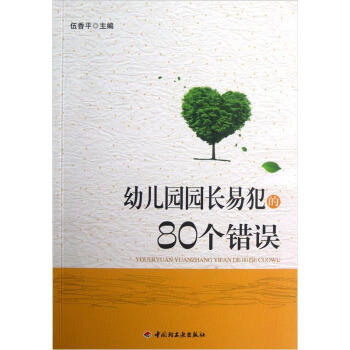
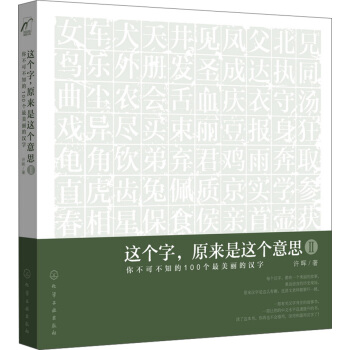
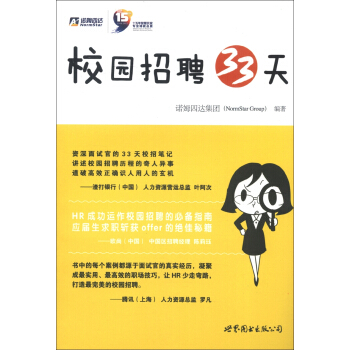
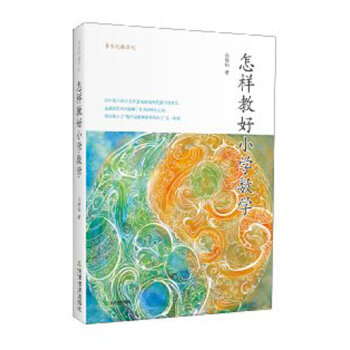
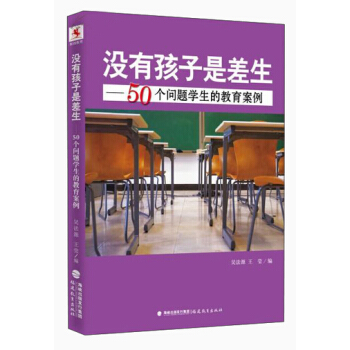
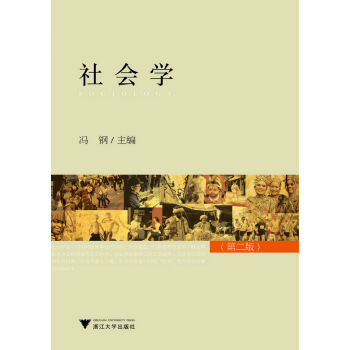
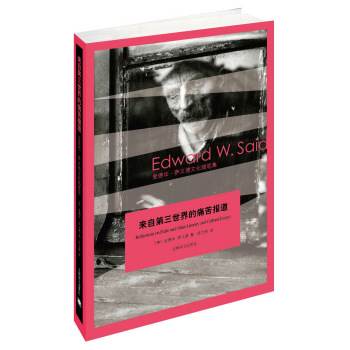
![民主主义与教育 [Democracy and Education:An Introduction to the Philosophy of Education] pdf epub mobi 电子书 下载](https://pic.tinynews.org/11468497/5385af39N5cc526ef.jpg)
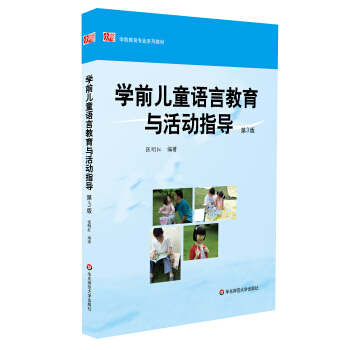
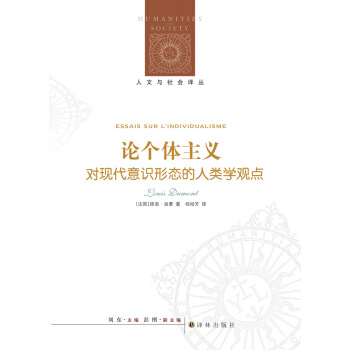
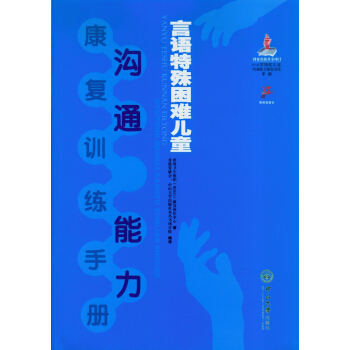
![多元智能理论与学前儿童能力评价 [Project Spectrum:Preschool Assessment Handbook] pdf epub mobi 电子书 下载](https://pic.tinynews.org/11722367/55a316a0N1dcfa859.jpg)
![0-8岁儿童学习环境创设 [Educational Laboratory] pdf epub mobi 电子书 下载](https://pic.tinynews.org/11736579/55b19d3bNfc7fe247.jpg)
